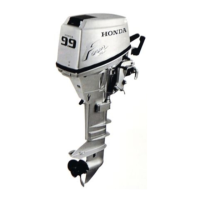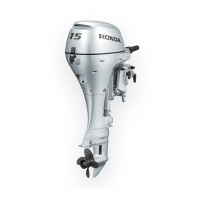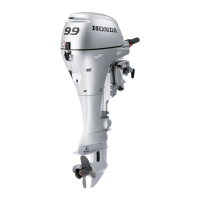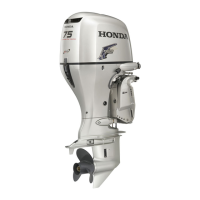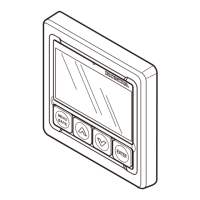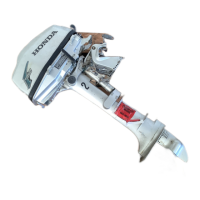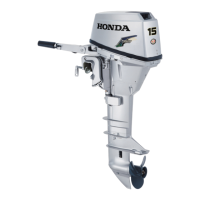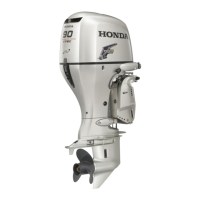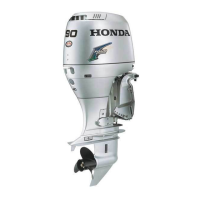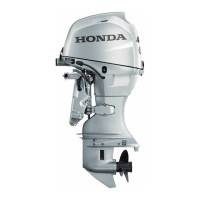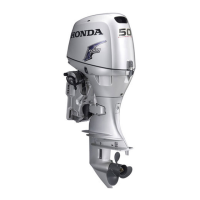W
whutchinsonAug 3, 2025
Why is the ACG indicator on and the ACG warning buzzer sounding intermittently on my Honda BF90D Outboard Motor?
- SSheila RiveraAug 3, 2025
The ACG indicator and warning buzzer indicate that the battery voltage is either too high or too low, or there may be a faulty ACG. Check the battery. If the problem persists, consult with an authorized Honda outboard motor dealer.



